We live in times generally unfriendly to ritual, religious or civic. For fifty years now, at least, churches have stripped away once-glorious liturgical rituals, in order, they say, to render themselves more accessible, even as pews have emptied. On the civic side, great art museums, some would say the cathedrals of our secular age, once invited visitors to a ritual that gave a rest to the feet and the eyes while enhancing the experience of being there in the first place. It was called having lunch.
Viewing great art seriously can bring great pleasure, but it is also, if we are honest about it, work. Visual attentiveness requires energy even if, like me, you shy away from reading the labels. Energy requires calories. This may be why, circumstances permitting, I am a morning museumgoer. A good breakfast behind me, I like to be there when the doors open, at the pitch of alertness in anticipation of revisiting or seeing afresh portraits, peeled lemons, skies and landscapes and all the rest. I am there when the guard unlocks the gates also in anticipation of lunch before me. Call it a reward, a respite, a ritual.
Lunch, as we all know, is a meal that has fared poorly in our non-stop, hurry-up, hyper-casualized culture. Back when I was fully in the swing of things and working in a big city, an hour or more midday repast out of the office was not frowned upon. Nor was having a beer to wash it down. The same habit applied when visiting a great museum. “Grab-and-Go,” one of the more regrettable neologisms to come out of the food world in recent years, describes an opposite approach: of feeding, not dining, as if all we need is fuel for the machine and no respite at all. I do not know many people who don’t need a respite.
Museums follow the market and ideological fashion, and as many of them have bent over backwards to appear less “elitist” and make themselves more “accessible” to more “diverse” audiences, an ever-broader array of eating options has become common, at least in the larger institutions. You won’t go hungry come lunchtime at any of the renowned galleries in New York, Chicago, Washington and Boston or even in those a notch or two down in size, like Richmond or Buffalo. You may, however, encounter some variety in what is on offer along the casual-to-formal spectrum, with the preponderance falling heavily toward the casual end. This is a loss for museumgoers. Museums are supposed to be serious places, treasure-houses of culture. Even with whole collections digitized and available online, the power of being in the real presence of great art has not diminished. No more than going to church online does viewing Monet or Degas, Constable or Turner, Bierstadt or Church on our screens come anywhere near to delivering the goods. Nor does “grab-and-go.”
I was reminded of this on a recent visit — my first since the late plague and accompanying urban ructions — to the National Gallery of Art in Washington, DC. That I had not been to the temple in some time no doubt sharpened my expectations and, when it came to lunch, my disappointment. Much remained the same, my favorite dark-paneled Dutch rooms with their scenes of where I grew up as they have always been. With no special big exhibitions to clutter things up, my effort to arrive early yielded the delight of a great gallery not overrun with tourists.
In years past, the NGA’s flagship lunch spot was a palm court oasis in the heart of the old West Wing with sculpture and dribbling fountain. It offered table service, proper place settings and cloth napkins, good wine and a short but well-made three-course menu suitable to linger over and digest. Nicely spaced tables invited private conversation or, if you were solo, a place to read the exhibition takeaways, reflect on what you’d seen or just daydream. There was almost always a waiting line. Sometimes, the palm court presented themed menus in the spirit of visiting exhibitions. In particular I recall respectable renditions of steak and kidney pie, sausage and mash, cottage pie, fruit crumble with heavy cream, Stilton: plain but delicious old-time fare of the country to accompany an exhibition of Constable’s striking six-foot landscapes. My two Anglo-Canadian guests fairly purred.
I recall other such culinary performances: French provincial cooking à la Elizabeth David for always crowd-pleasing, ever-recycled Impressionists, Dutch delicacies (yes, there are some) for a show of seventeenth-century paintings and ship models documenting the rise of Holland’s seagoing empire and the wealth sent home from the Indies that underwrote the Golden Age of Dutch painting. A top-quality kitchen is necessary to elevate this sort of thing above mere marketing and, when done with care, makes lunch a cheerful continuation-at-table of gallery-going at its best.
It is sad to report that this is all gone now. The space is still there but is a shell: “Inspired by café culture [do the scribblers who toss such phrases about have any idea what they mean?], the redesigned Garden Café serves fresh pastries and grab-and-go items.” “Redesigned” is not quite the adjective; vandalized would be better. Serve yourself and don’t forget to bus your own trash. Is the excuse Covid or cost-cutting or ordinary institutional dimwittedness? Who knows, but you would be better advised to step outside for an honest Hebrew National hot dog or Polish sausage from the vendors lined up along Constitution Avenue.
Others do better. The Boston Museum of Fine Arts offers a sit-down lunch at its glass-enclosed New American Café where the menu tilts heavily toward starters, sandwiches and salads, on the no doubt correct presumption that lunch for most of us no longer means a meal centered on an entrée, of which here there are just three of the most predictable: pan-seared salmon, pan-roasted chicken breast, grilled steak.
The Dining Room at New York’s Metropolitan Museum of Art, overlooking Central Park, ups the bar considerably with ten mains and, giving credit where credit is due, the best-ever named/art-inspired dish of all: the “Manet/Degas Poisson,” a sole meunière with lobster. No fooling around there.
It is in the Old World, however, that hungry museumgoers might best resort to lunch and, some days, to dinner. The French, with reason, show off. The Louvre’s full-service Café Marly, which overlooks the dreadful pyramid (you may be seated with your back to it), in addition to the usual global items will spoil you with Osciètre Imperial caviar, beef tartare and, crowning all, veal chop with chanterelles.
Finally, in this English-originating journal it would be prudent not to slight London, where the National Gallery on Trafalgar Square houses a restaurant called Ochre, presumably after the color of its wainscoted walls, where the private dining room overlooks Nelson’s Column. Since I have not made it to London for more than a few hours since 2019 and cannot testify firsthand, I hereby commission the fine London-based Food and Drink editor of The Spectator World to pay a visit to Ochre in my stead, expensing it (naturally) to her employer. She may or may not confirm what I suspect: that this would be a fine choice indeed for a lunch or afternoon tea. The card culls sources from all around the kingdom: venison tartare from Exmoor, Hereford sirloin, Cotswold chicken, Jersey oysters, Severn and Wye smoked salmon. In London, it is carefully noted, your caviar comes from Cornwall. There is even a naughty echo of empire, somehow overlooked by the language police: ham hock and parsley terrine with “Indian military pickle.” What looks a very serviceable three-course set lunch is yours for £38. Christmas Tea runs £55, add £10 for champagne. Beef Wellington for two (which could cause a flutter in the accounting department) tops out at £120.
Such estimable eateries still afford opportunity of that ritual, restorative pause referenced at the beginning of this piece. (Washington NGA, please take a hint.) If you are guilty, as I often am, of overdoing it, of trying to cram in too much, then all the more reason to enforce a break. Or, if you are more disciplined and concentrate on a select few great works, or simply stroll reverently about the rooms and halls of these repositories of civilization’s best, then you deserve a reward for intelligent gallery-going. Then again, you may do none of these. This is far from scientific (i.e., it’s a guess), but I would speculate that half at least of the patrons of these restaurants will not be museum patrons and not have been looking at art at all. They just know a classy place for lunch, and their coin is as good as the most fearsome art-hound’s.
Whatever your motive, forswear the ghastly grab-and-go counter. Do your bit and support the cause: sit down and be served, taste and see. It is not cheap. Nothing is these days. But bring the right spirit and chances are you will get what you pay for. Maybe more.
We are very sorry to have to let readers know that Timothy Jacobson passed away peacefully on January 27, 2024. His obituary can be found online: https://tinyurl.com/tjacobson. This article was originally published in The Spectator’s April 2024 World edition.



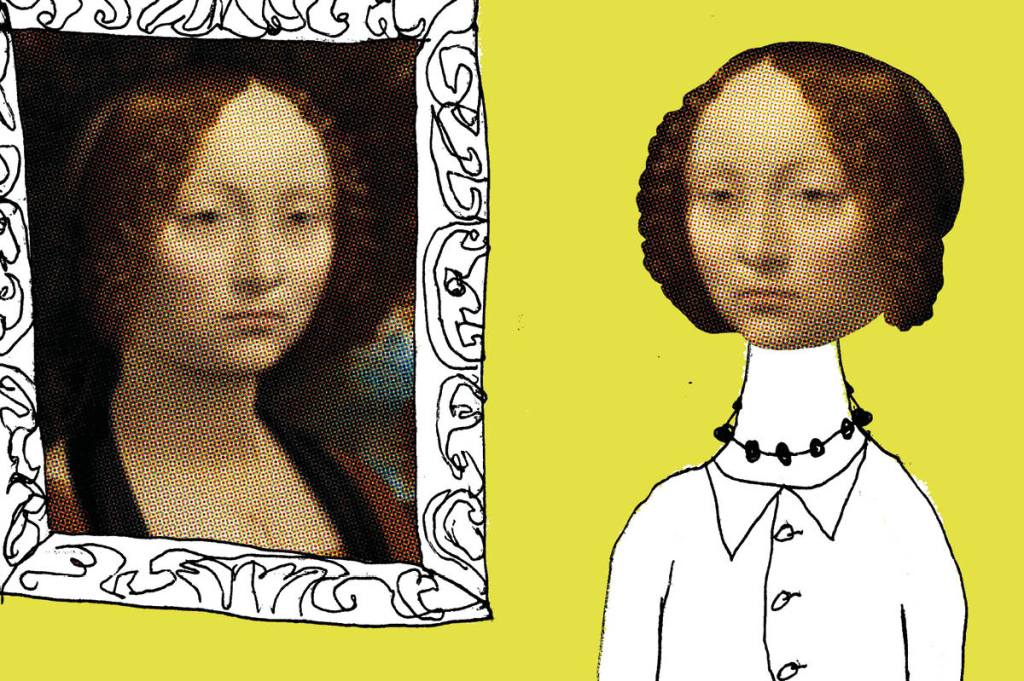






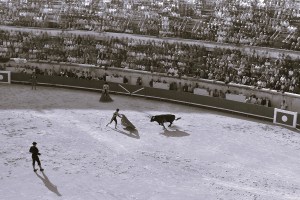
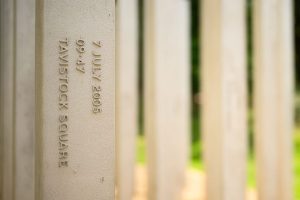

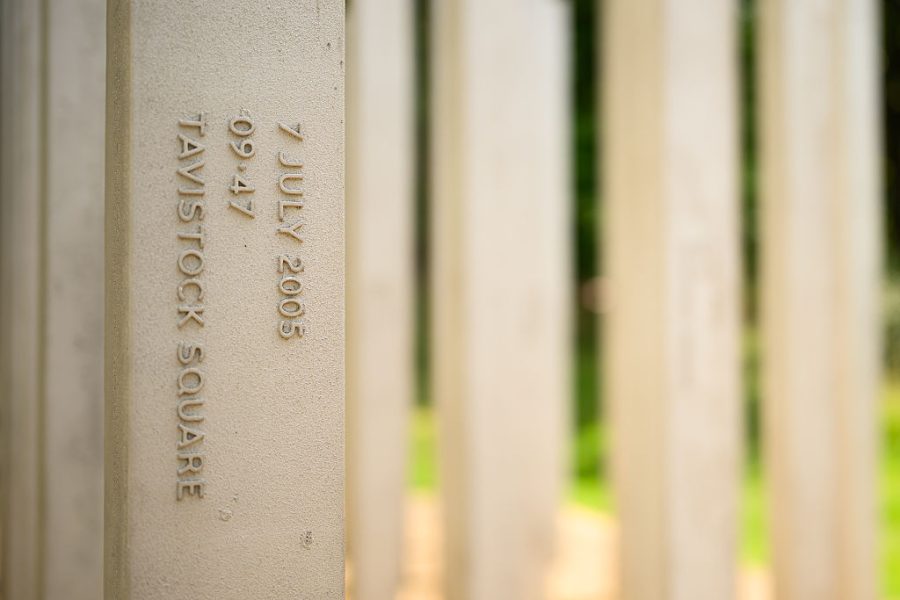
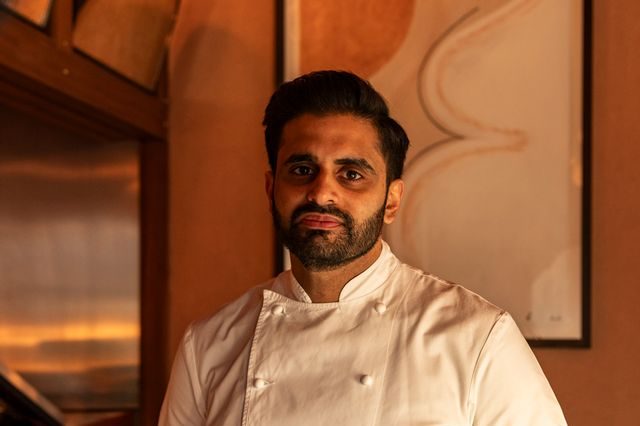



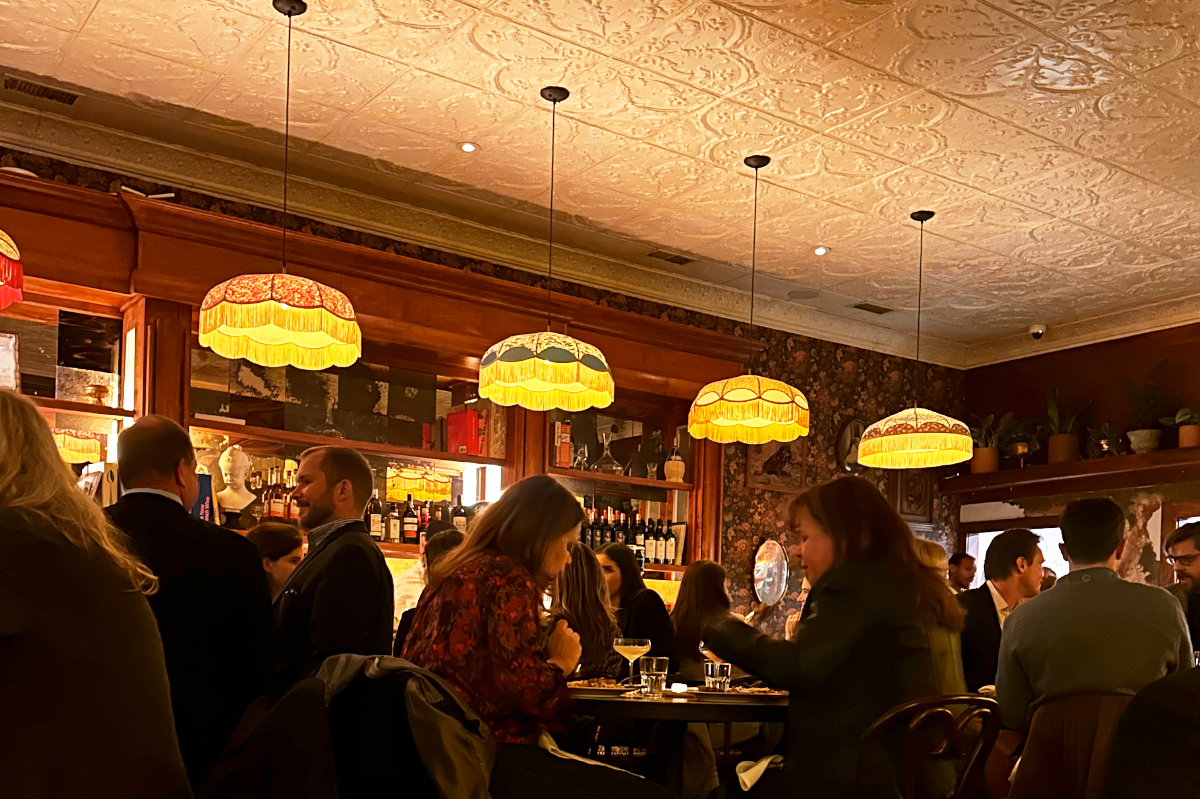







Leave a Reply